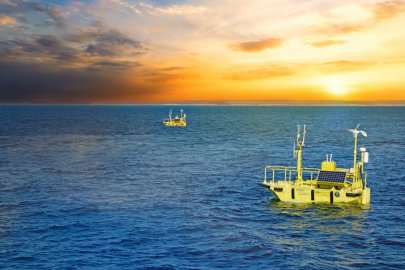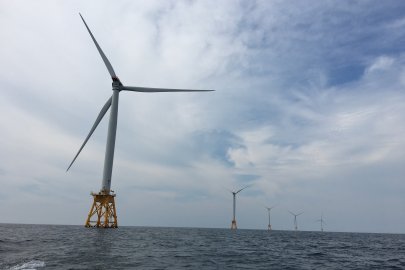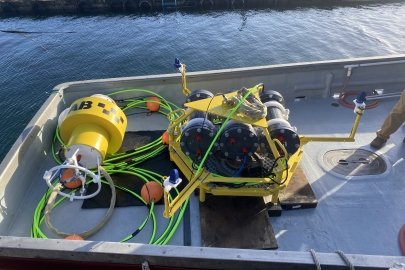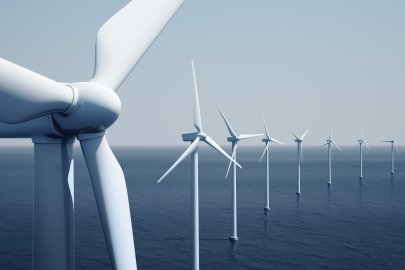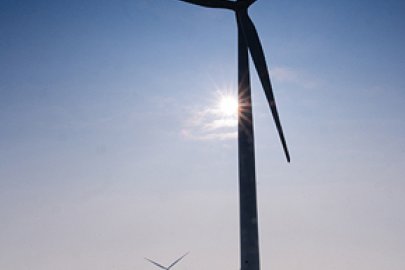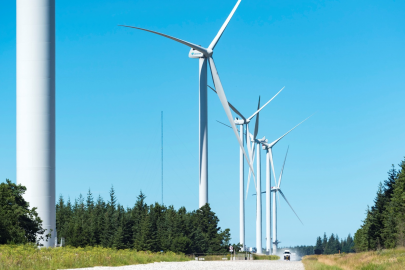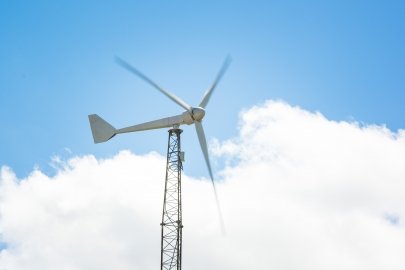Interconnections Seam Study explores benefits and costs of enhanced transmission across U.S. electric grid.
Wind Energy Technologies Office
June 2, 2021Interconnections Seam Study explores benefits and costs of enhanced transmission across U.S. electric grid
Periods of intense heat, cold, and other extreme weather can put significant stress on power systems as more people crank up the air conditioning or heat. But what if these periods of power system stress could be alleviated through a more fully integrated electric grid that spans the entire nation and efficiently and strategically shares power resources between regions? A recent study looked at the value of large-scale transmission projects that could accomplish just that.
The U.S. power system is divided into three major grids: the Western Interconnection, the Eastern Interconnection, and the Texas interconnection (overseen by the Electric Reliability Council of Texas, or ERCOT). These three grids operate almost independently of one another and share little power because of limited electricity transfer capacity. However, just east of the Rocky Mountains along the “seam” between the Western Interconnection and Eastern Interconnection, a collection of back-to-back converter stations enables 1,320 megawatts of electricity to flow—which is small compared to the size of the two networks.
Exploring the costs and benefits of enhancing the connections between grids offers insights as to the effects of shared energy resources. Strengthening these interconnections, by adding new or increasing the transfer capacity of existing connections, could help balance energy loads and increase efficient development and use of the nation's abundant energy resources.
NREL researchers Josh Novacheck, Greg Brinkman, Jessica Lau, and former NREL researcher Aaron Bloom teamed up with other Department of Energy (DOE) national laboratories, Iowa State University, and industry to conduct the Interconnections Seam Study. This study, funded by the Wind Energy Technologies Office and DOE’s Office of Electricity, evaluated the costs and benefits of strengthening the connections, or seams, between the western and eastern power grids using high-voltage direct-current (HVDC) technology and minimizing the capital and operational costs of both generation and transmission resources across the United States. The study did not explore connectivity with ERCOT.
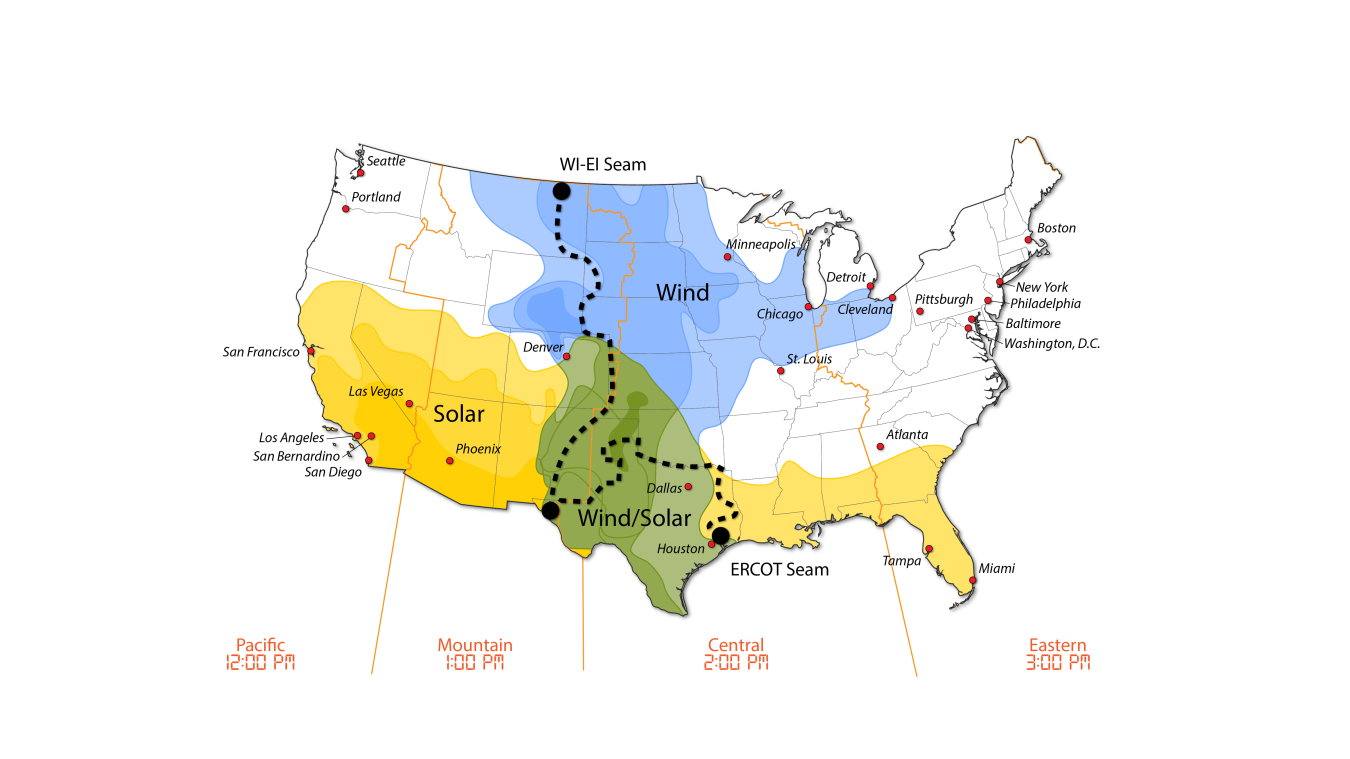
Uniting the major regions of the U.S. power system, represented here conceptually, could enhance the ability to harness abundant renewable resources and balance loads across the country. Illustration by Billy Roberts, NREL
The study team conducted a transmission-planning analysis of the Western and Eastern Interconnections through 2038. They developed four transmission designs: (1) one in which existing seam capacity was maintained, (2) one in which back-to-back converter stations were expanded, (3) one that added three new HVDC transmission segments, and (4) one that simulated a national-scale HVDC network. The team then applied each design to eight different scenarios featuring varied assumptions about transmission costs, renewable generation, wind and solar costs, gas prices, and power plant retirements.
“Our multimodel approach allowed us to thoroughly evaluate the benefits and costs of the four transmission designs within each of the eight scenarios,” said study technical lead Novacheck.
Through their analysis, the team found that expanding the means for intercontinental transmission would allow more U.S. homes and businesses to efficiently access and optimize their use of both fossil-fuel-based and renewable power when needed—and especially when the power grid was stressed, such as in heat waves or extreme weather.
“Our research showed that cross-seam transmission allowed more efficient use of renewable resources. For example, on hot summer days, excess solar from the Southwest could help serve peak electricity demand in the East. Then, as the sun sets on the West Coast, Midwest wind from the Eastern Interconnection could be sent back in the other direction,” said Novacheck. “By balancing loads across the country, we would be getting the benefit of competitive diversity among loads and among sources of generation.”
In addition, the study’s results showed that, for nearly every scenario studied, the benefits of increasing the transfer capability between the Western and Eastern Interconnections outweighed the costs by a ratio of at least $1.25 in net benefits for every $1 of cost and, in some cases, by a ratio of $2.90 in benefits for every $1 of cost. These benefits included reduced total system costs, such as transmission and generation infrastructure and operational costs.
By simulating transmission and generation, the Interconnections Seam Study provides insight into how enhanced transmission could mitigate stresses on the power grid. The study includes areas for potential future work, including assessments of reliability, resilience, security, and the natural gas infrastructure.
Subscribe to learn more about WETO R&D projects, news, accomplishments, and recent publications.
Subscribe to the WETO e-newsletter to stay informed on the latest wind energy news, events, publications, and updates.


